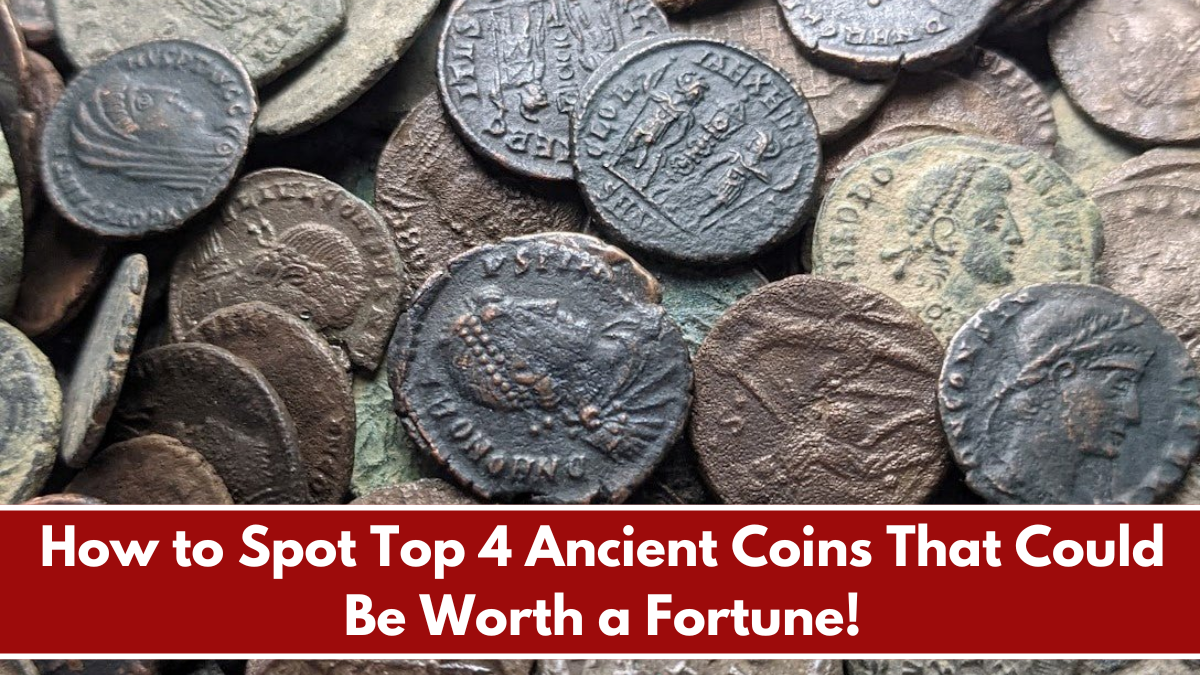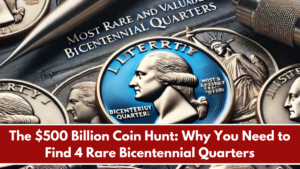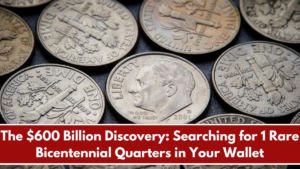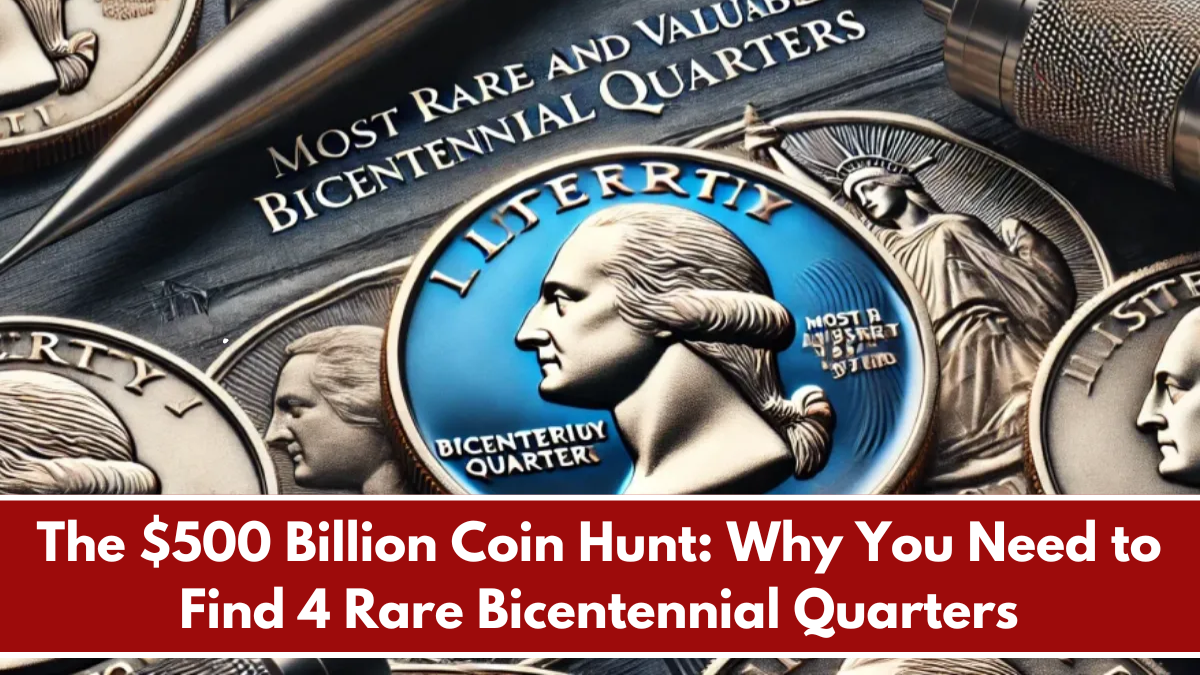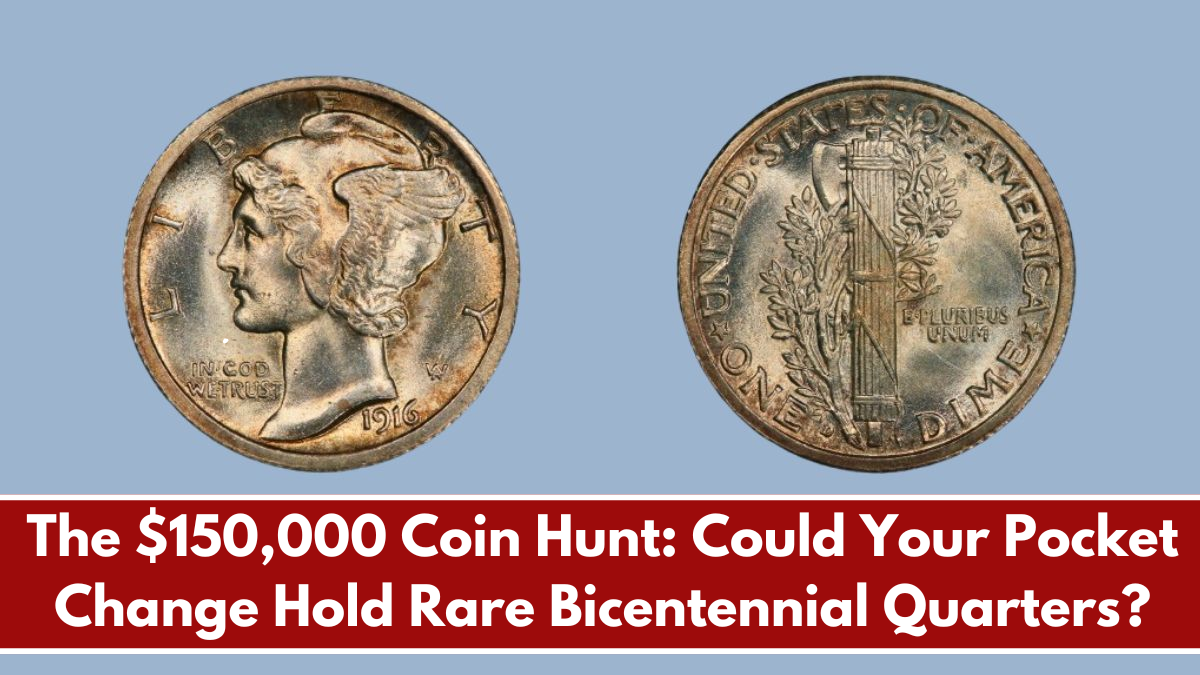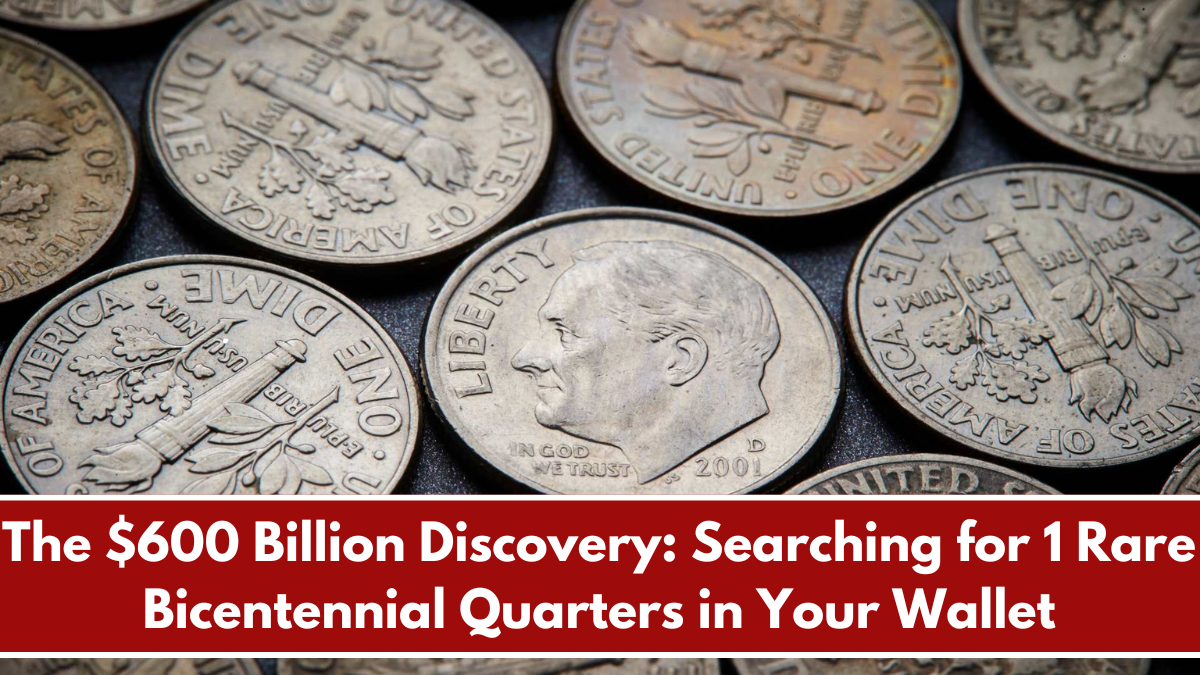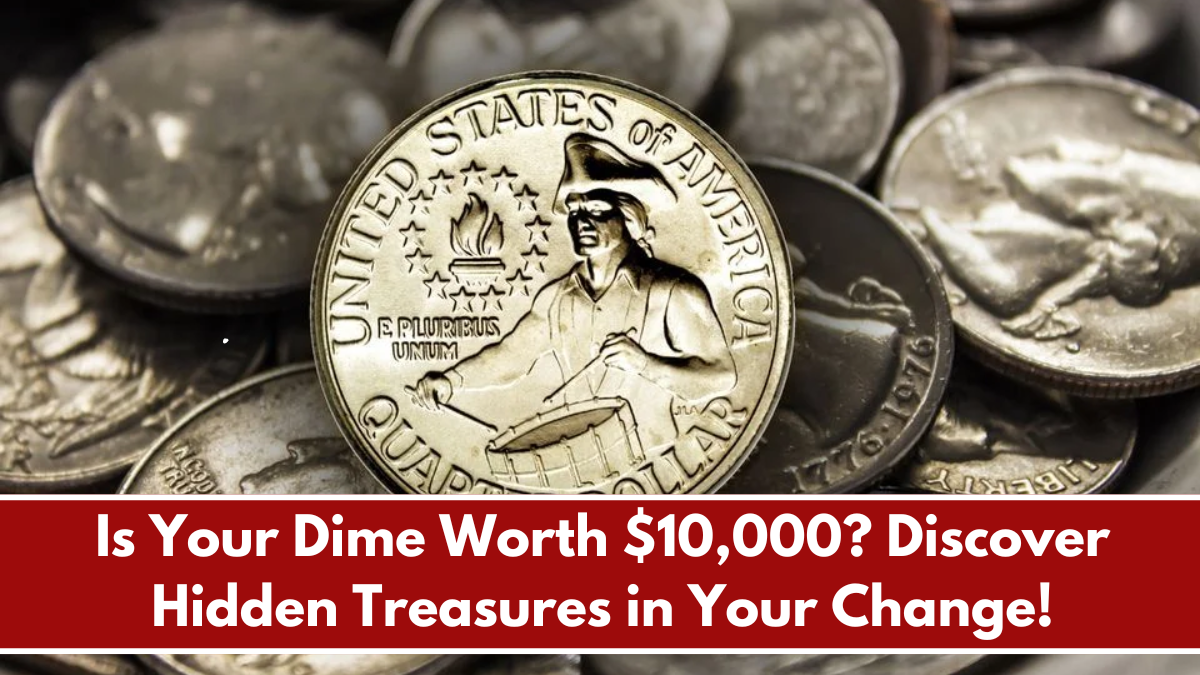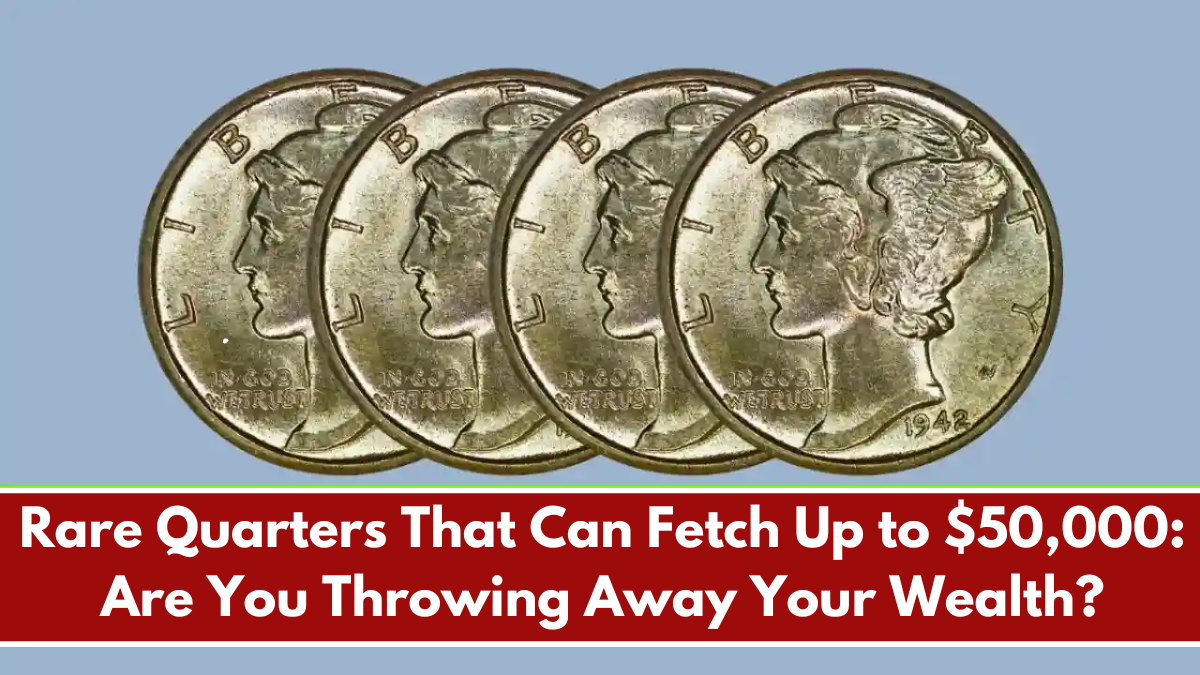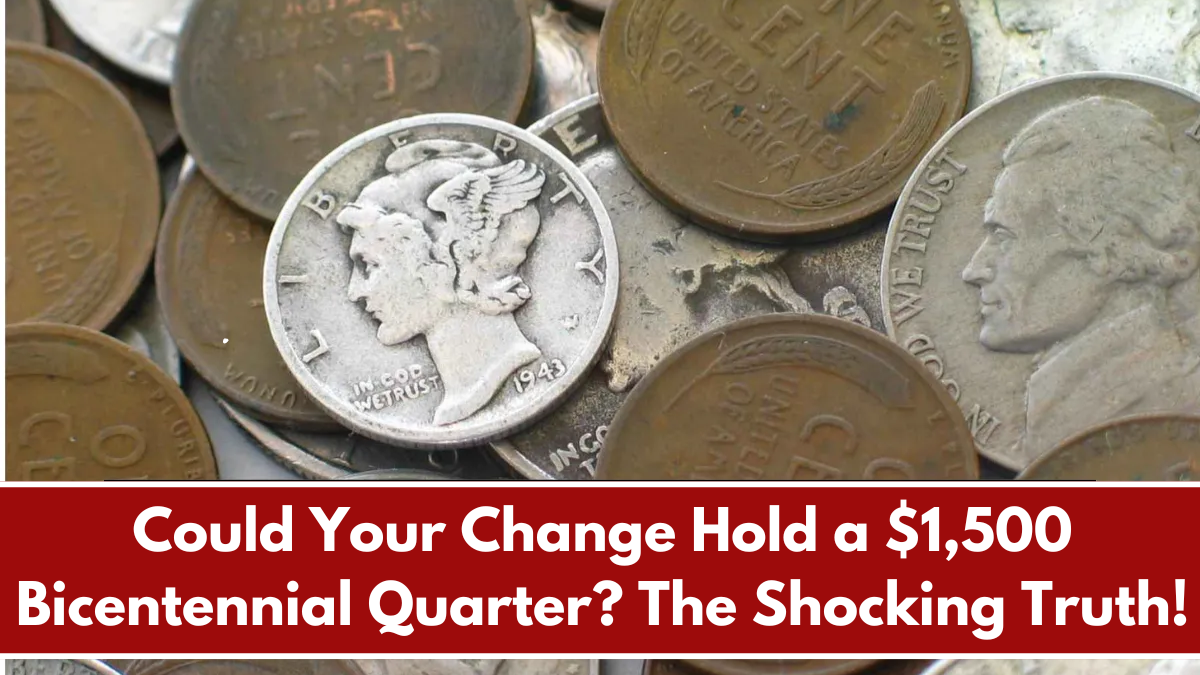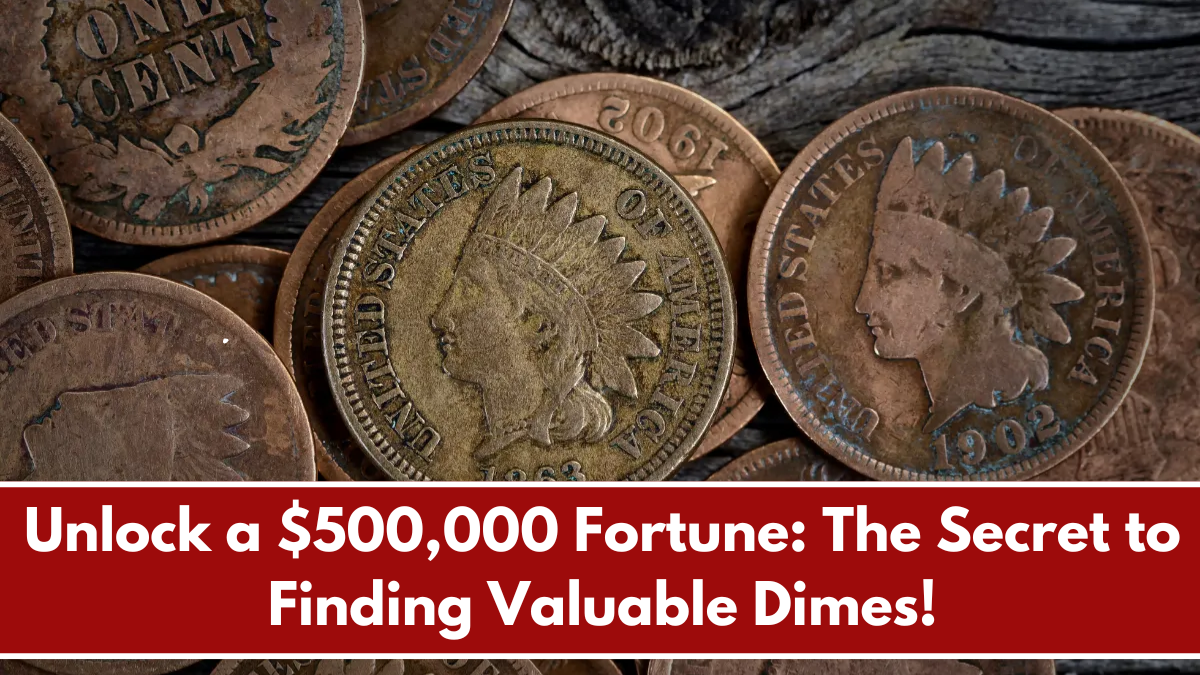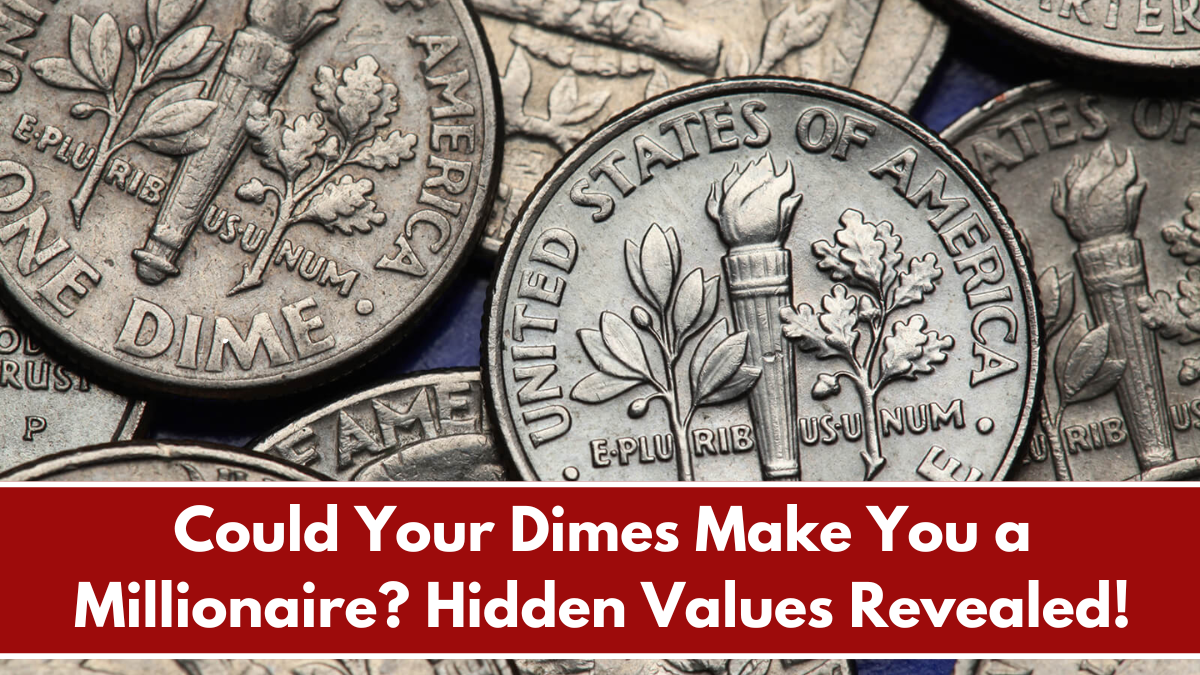Ancient coins offer a captivating glimpse into history, often becoming valuable collectibles due to their rarity and historical significance. While many ancient coins are common and low in value, certain specimens can be worth a fortune. Spotting these valuable coins requires knowledge, attention to detail, and a discerning eye. In this article, we will guide you on how to identify the top four ancient coins that could be worth a small fortune.
The Athenian Tetradrachm
Minted between 5th and 4th centuries BCE, the Athenian Tetradrachm features the goddess Athena on the obverse and an owl on the reverse. High-quality examples can fetch upwards of $1,500. Look for coins with clear designs and minimal wear.
The Roman Aureus of Julius Caesar
The Roman Aureus minted during Julius Caesar’s lifetime features his likeness. Due to its historical significance and gold content, this coin can sell for over $3,000. Check for the “CAESAR” inscription and distinctive portraits.
The Lydian Lion Coin
Dating back to the 6th century BCE, the Lydian Lion Coin is considered one of the first coins ever minted. Its unique design and historical importance can result in values exceeding $1 million. Look for the lion depicted on one side and a punch mark on the other.
The Etruscan Bronze Coin
Etruscan coins are rare and often underappreciated. Some bronze coins from the 2nd century BCE can reach values of $10,000 or more, depending on condition. Look for coins featuring unique designs or inscriptions that indicate rarity.
Spotting ancient coins that could be worth a fortune is an exciting endeavor for collectors and investors alike. By familiarizing yourself with these top four ancient coins and knowing what to look for, you can enhance your collection and potentially uncover valuable treasures. As always, thorough research and consultation with experts are key to making informed decisions in the world of numismatics.
FAQ’s:
What factors determine the value of ancient coins?
The value of ancient coins is influenced by rarity, historical significance, condition, demand among collectors, and the coin’s metal content (e.g., gold, silver, bronze).
How can I identify an Athenian Tetradrachm?
Look for the distinct imagery of Athena on the obverse and an owl on the reverse. Coins should be well-preserved with clear details. The Tetradrachm was minted in Athens between the 5th and 4th centuries BCE.
What should I look for in a Roman Aureus of Julius Caesar?
Check for the inscription “CAESAR” and Julius Caesar’s profile on the coin. Authentic Aurei are made of gold and are often sought after by collectors, with high-quality examples worth over $3,000.
Where can I find Lydian Lion Coins?
Lydian Lion Coins can be found at auctions, antique shops, or through reputable coin dealers. Always verify authenticity before purchasing.
Are Etruscan coins still valuable?
Yes, Etruscan coins can be quite valuable, especially rare bronze specimens. Their historical significance and limited availability make them sought after by collectors.
